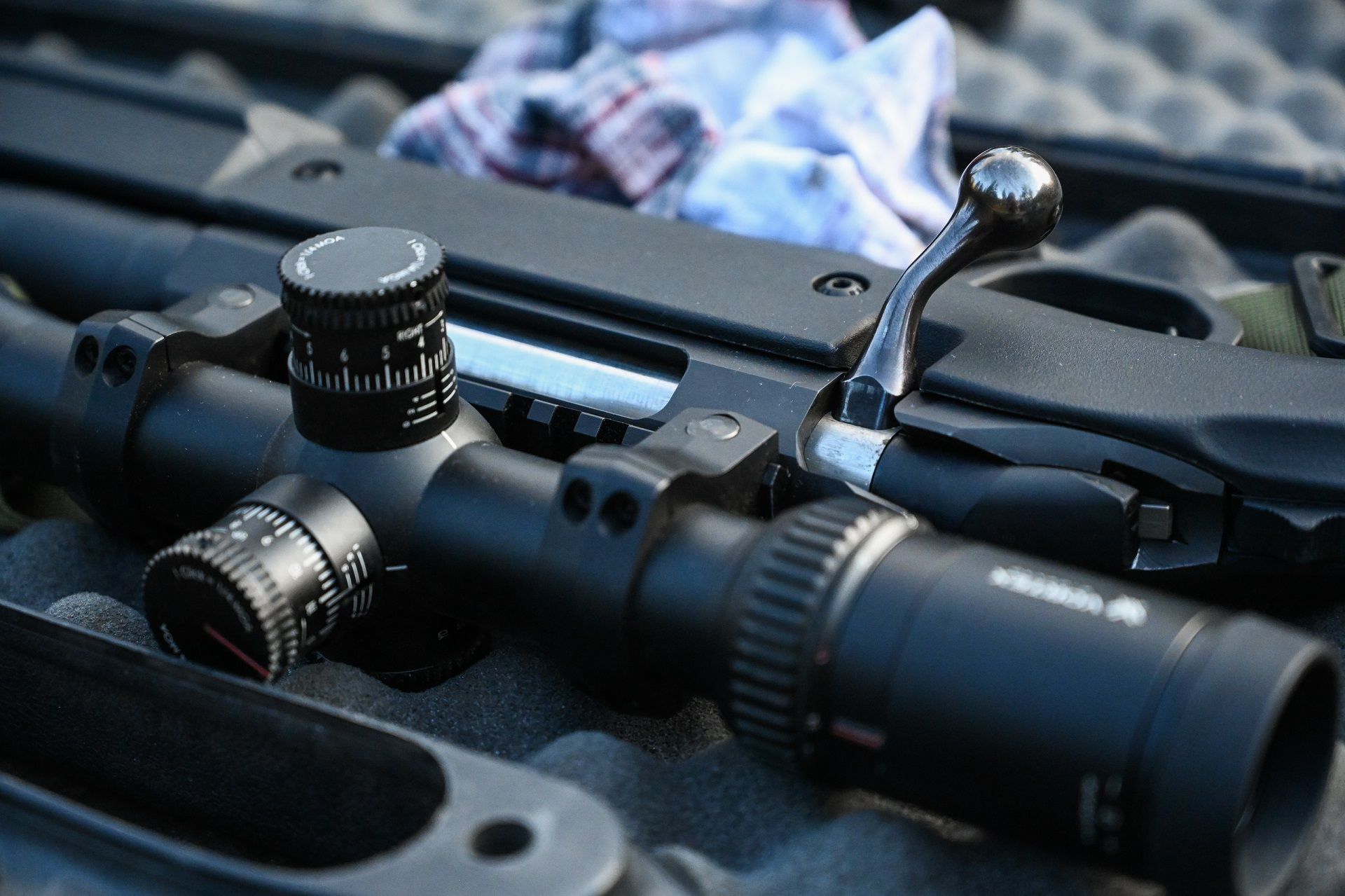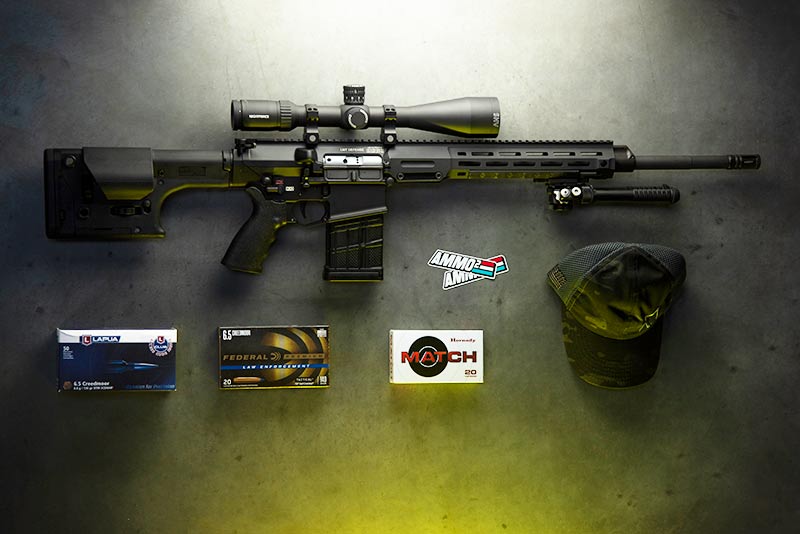Confessions of a Long Range Shooting Noob

So I have a dilemma...
Recently I’ve turned my attention to long range shooting. I’m not a long range shooter now but I’m working on learning the craft and becoming one. Danielle (my wife) is also interested in learning long range shooting. We have signed up for some Precision Rifle courses this summer because we’re huge proponents of getting expert instruction.
In starting down this road, there are so many resources out there it boggles the mind. So far I’ve read The Long Range Shooting Handbook, spent countless hours on Snipers Hide, recently started listening to The Modern Day Sniper Podcast, and have even watched Ryan Cleckner’s Long Range Shooting videos on Warrior Poet Society TV… In short I’m trying to soak up everything I can about the subject of long range shooting.
So here is my dilemma, with my initial deep dive into long range shooting I’ve found there are many “this or that” type questions you need to answer that really don’t have a clear cut answer.
Questions such as:
Semi-Auto or Bolt Action?
MOA or Mil reticle?
Angled or Straight (spotting scope)?
And of course the caliber related question: 308 Winchester or 6.5 Creedmoor?
The short answer to all of the above seems to be “personal preference” and “it depends on what you're doing”. Of course this can be the answer to just about any question: wine or beer? Aisle seat or window? Truck or sports sedan? So while there isn’t a definitive answer that fits everyone, maybe my thought process will be helpful to someone traveling a similar road.
[This is more of a fun article for me and not focused on anything AmmoSquared related (it is good to have a mental break with blog topics once in a while!).]
So, let’s get into it…
Semi-Auto or Bolt Action?
I’m going to start this journey with a rifle that I already have: an AR10 type semi-auto rifle made by LMT originally chambered in 6.5 Creedmoor. One of the unique features of this rifle is that I can easily swap barrels (this comes into play later with the caliber question). I don’t have a bolt action other than a Savage 338 Federal with a “scout” scope… so that won’t work. AR10 platform it is!

Danielle on the other hand, does have a bolt action rifle. A Savage 10/110 with a modular chassis system and 26” barrel. She bought it years ago with the intention of getting into long range shooting, but never did. I think it is probably an ideal gun for this application.
So between the two of us we have both bases covered.
For someone without a platform already picked out, which is best? Well of course that depends…between the semi auto and bolt action the bolt action is going to be more accurate. It has less moving parts and fewer stages of recoil. That is just a reality. So if you are going for pure long range accuracy, the bolt gun is the hands down winner.
On the other hand, if you want rapid target engagement at medium to long ranges with more rounds on tap, then the semi-auto is the winner. It isn’t going to be as accurate at long range but like everything, that is the tradeoff.
The US military uses both. They have the Semi-Auto Sniper System (SASS) M110 in a 308 and the longer range Enhanced Sniper Rifle (ESR) M2010 in a bolt action 300 Win Mag. Each has its strengths and weaknesses. (They could be using others, those are just the ones I found with a quick search.)
I’m shooting a semi-auto because that's what I have and the gun is capable of <1 MOA with the right ammo. That said, if I want to push out further, ultimately I will get a bolt action as my skills improve, but for now I should be good to go.
MOA vs Mil reticle?
Currently I have an MOA (“Minute of Angle”) reticle on my LMT and Danielle has the same on her Savage. We can speak the same language which is one of the most important aspects of reticle selection. Mil seems to be the hand down favorite with top level competitor shooters though, and Brian Cleckner recommends starting with Mil if you don’t already have an MOA scope.
The one benefit of MOA is that it is based on inches and should be familiar with anyone who has zeroed a red dot before, which is a definite plus.
1 MOA = 1.047 inches at 100 yards, 2.094 inches at 200 yards, and 10.47 inches at 1,000 yards.
Mils on the other hand, is base 10. So 1 Mil = 1/1000 of the distance. For example, if 100 yards is 3600 inches then 1 Mil = 3.6 inches at 100 yards. At 1,000 yards, 1 Mil would be 36 inches.
The key thing, I’ve heard, is that your reticle and your turrets are the same measurement otherwise you’ll need to translate between them. It is also important that whomever you are shooting with and communicating with are using the same type of measurement. I would add that it would make sense that your spotting scope is using the same measurement as well - again for easy communication of misses and corrections.
Our dilemma here is whether to keep what we have (MOA) and eventually “upgrade” to a Mil based reticle or ditch the MOA based standard now and just learn on the Mil as we grow in our capabilities. I’m leaning toward being “bilingual” and learning both MOA and Mil reticles, but if I was starting from scratch I would just go with a Mil based scope and call it a day.
There are more options for Mil reticles and it is definitely the overwhelming choice for top shooters. The military adopted Mils years ago so that is why military shooters use it, but I personally give more weight to competitors that spend their own money rather than the government procurement process. In this case they are the same, so that is good.
Angled or Straight Spotting Scope?
This is an entirely new question for me as I have just started researching spotting scopes… I’ll keep this one brief to not display too much of my ignorance! (Please jump into the comments if you have more experience with either!).
From what I’ve learned, the big question is whether to go with an angled scope or straight scope. There are other features to decide like zoom range as well, but straight or angled is the first cut.
The benefits of an angled scope is that you can put it lower to the ground and lean over it so it is more comfortable for longer duration viewing. It works better for people of different heights (not really a concern for us). The drawback is that it isn’t as natural for target acquisition in the field, which seems logical, but this isn’t an issue at the static range.
A straight scope “points” more naturally, but because the tripod needs to be higher up and can be less stable, especially in windy conditions. A straight scope can also be used with a car window mount for whatever that is worth.
The last thing I’ve learned is that for shooting use, it is good for a spotting scope to have a reticle in either MOA or Mils so it is easier to communicate to your shooting partner. This presents a dilemma for us again - should we get a spotting scope with MOA since our scopes are currently in MOA or get a Mil based reticle because we anticipate upgrading in the future.
Decisions, decisions…
308 Winchester or 6.5 Creedmoor for a Long Range Noob?
Now with the preliminaries out of the way, let’s talk about caliber choice. Luckily for us, Danielle’s caliber is settled and she probably has the best option for long range work: 6mm Creedmoor. The reason she even has the rifle is because it was on a steep discount from a distributor that was going out of business back in 2018. We didn’t even know much about long range shooting at the time (still don’t!) but have since found out that the 6mm Creedmoor is a very good round for long range shooting, so she is set.
My caliber dilemma stems from the fact that my rifle, the LMT, takes interchangeable barrels. It originally came with a 20” 6.5 Creedmoor barrel but I purchased an 18” 308 barrel for it because of the cheaper and more plentiful ammo. Plus other than an 18” M1A “bush” rifle (I ditched the scout rail) I didn’t have a rifle in 308… so I figured why not just get a separate 308 barrel for the LMT?
I won't go into the actual comparison between the two because there are many very good resources out there that dive into the nitty gritty. Suffice it to say that the 6.5 Creedmoor is better than the 308 for long distance shooting, that has pretty much been established though countless comparison articles.
So that being said, here’s the question: while the 6.5 Creedmoor is the more efficient cartridge, does that automatically make the best option for a NEW long range shooter? Would it be better to purposefully handicap myself with a less efficient cartridge in order to better learn the basics?
The simple fact is that the shorter 308 barrel will make me work harder to get the hits. It is going to drop more and drift more in the wind due to its lower ballistic coefficient. I think that for a new long range shooter, that might actually be a GOOD thing. I’m going to have to get really good at dialing distance and estimating wind to keep up with Danielle and her bolt action 6mm.
Other pros in favor of the 308: match grade 308 ammunition is cheaper than 6.5 Creedmoor. I don't reload right now because I don't have the space and all of my equipment is packed away, so I’ll just be using factory ammunition for now.
The other interesting fact I learned recently is that shooters will burn out barrels quicker with a 6.5 Creedmoor vs a 308. According to the guys on the Modern Day Sniper podcast, a 6.5 Creedmoor will burn out after about 3,000 rounds while the 308 will go 8,000 rounds or more. (To be fair, if I have shot 3,000 rounds of ANY precision rifle cartridge I would feel like I’ve EARNED a new barrel with that much shooting, and the cost would be minimal compared to the ammunition.)
So to sum up my perspective on the 308 vs 6.5 Creedmoor question… There is no question that the 6.5 Creedmoor is the better round. That said, while the 6.5 Creedmoor is the better ROUND I feel like starting with the 308 could make me a better SHOOTER. In the future, once I’ve maxed out the capability of my gun I will “upgrade” to my 6.5 Creedmoor barrel then eventually to a bolt action 6.5 (or 6mm!) to take my capabilities up a level.
Just to illustrate my thinking a different way: it is like choosing between a manual or automatic for your first car. There is no question that an automatic is easier to drive and is the logical choice for a new driver. On the other hand, if your first car is a manual transmission (like mine was), you’ll have to struggle more in the beginning but you’ll ultimately have a more enjoyable driving experience and be able to drive just about anything else out there. There is a benefit in that too.
The struggle is what makes us stronger.
So those are my thoughts, but I would love to hear from you guys that have experience in any of these areas, what do you think? Am I way off base with anything?
